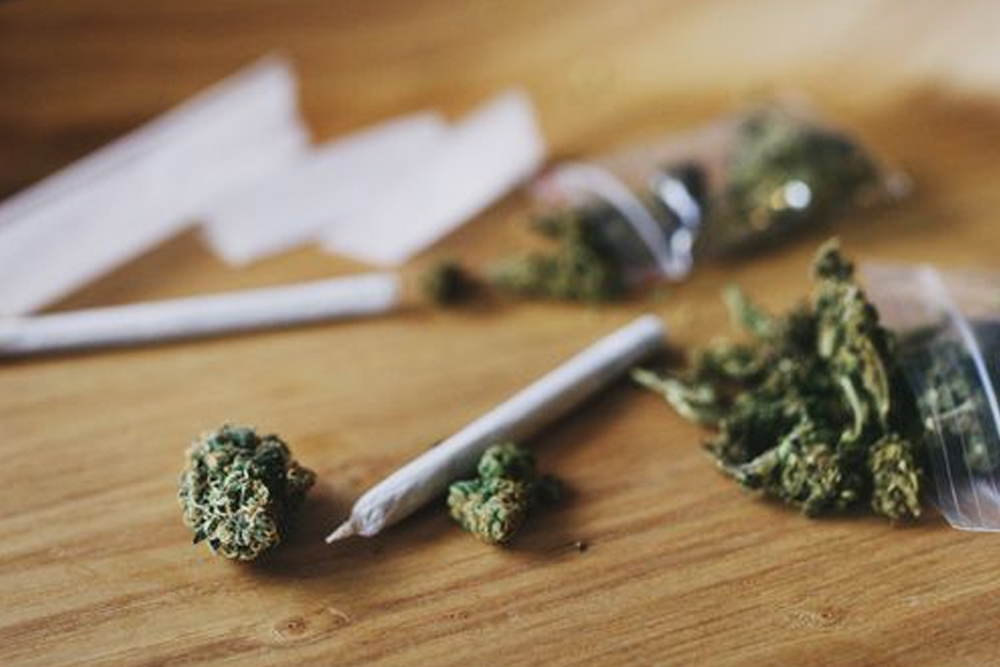This is a very important question that one must consider before enrolling in an addiction treatment facility. There are a lot of factors to weigh out to determine which treatment best suits one’s needs. Since the level of addiction that occurs in every person usually varies, this also entails that one type of treatment will not work for all.
The impact of marijuana also differs for every person. Some people may not experience physical dependence on the substance while others may become so easily tolerant that they would seek higher doses after each try. This is something that must be seriously assessed before choosing between inpatient or outpatient treatment.
What is the Difference Between Inpatient and Outpatient Treatment

Inpatient treatment is intended for those who are suffering from severe addiction to marijuana. Likely, those who use the substance almost every day or several times a week will develop severe addiction. A top indicator of this is how a person’s daily life is mostly spent on how to get more marijuana or even feel anxious about not getting it.
With inpatient treatment, individuals are accommodated 24 hours in a rehab facility and their daily life is structured in such a way that one is removed from the thought of using marijuana. There is always something to do from the moment they wake up until the time they have to sleep, and all these activities are programmed by their addiction specialists.
On the other hand, outpatient treatment can still be intensive – with a minimum requirement of 10 hours spent on addiction treatment each week. There is still a set of programs designated for the patient in a day but they are allowed to go back home and spend the rest of the day with their usual life.
In outpatient treatment, patients are not entirely removed from their day-to-day life. They may continue taking their duties at work or school on top of their addiction treatment. However, this type of care is only recommended for those who have mild to moderate addiction to marijuana since the risk of relapse in those with severe addiction is very high.
What are the Pros and Cons of Inpatient and Outpatient Treatment
After determining which type of care suits a certain level of addiction, it would also be helpful to identify the highs and lows that can be encountered in an inpatient and outpatient treatment. These may also be useful in conditioning oneself to prepare for the type of treatment recommended by addiction specialists.
Pros of Inpatient Treatment
A Structured Day is Helpful
A structured day for a few months helps establish good habits which can progress even after going out of rehab care. With inpatient treatment, the sole focus of day-to-day experiences is meaningful activities that help overcome addiction. This can build a strong foundation against experiencing a relapse in the future.
Fewer Distractions; More Focus on Treatment
All the stressors in one’s usual life are left behind and a patient is only bound to actively engage in individual and group therapies. There is no need to think about responsibilities at work, at school, or home, and definitely, there is no way to worry about relapse because it is impossible to access marijuana inside the rehab facility.
A Close Monitoring
When a person finds trouble getting through marijuana withdrawal, the round-the-clock presence of medical staff is an advantage to ease one’s discomfort. There is no room for forgetting about taking one’s prescriptions or missing sessions in therapies as these are all supervised by the rehab staff.
Cons of Inpatient Treatment
Cost of Care is Expensive

Without health insurance, the cost of inpatient treatment is high. It is more expensive than outpatient care, considering how the services run 24 hours a day. A person must spend for food and accommodation apart from the addiction treatment services available in the facility.
Usual Responsibilities are Left Behind
Inpatient treatment can last at least 30 days and one cannot exit the facility whenever there are problems in the household or at work. Communication from the outside is even limited so a person’s usual responsibilities must be passed on to someone who could supervise. This case can be a struggle for patients with children.
The transition from Rehab to Outside could be a Struggle
This could be a huge problem that every patient stepping out of rehab must prepare for. It is important to keep in mind all the skills one is trained to do to overcome the variety of temptations in the real world. It also helps a lot to continue with aftercare programs recommended by one’s addiction specialist.
Pros of Outpatient Treatment
Flexible Schedule and Affordable Cost
Outpatient care allows an individual to continue with their daily duties at home or work. There is no need to worry about passing on the supervision to another person, which can be an additional cost. This is also an affordable option since there is no need to pay for food and accommodation unlike in a rehab facility.
Individual Therapy is an Advantage

Most of the time, a person is engaged in one-to-one therapy and this can be a great help to focus on personal needs and make progress in attending to these needs. There are also group sessions which are smaller in several members compared to inpatient group sessions, thus; individuals can have enough time to share learning.
Cons of Outpatient Treatment
Medical Supervision is Limited
Withdrawal is a crucial phase in every treatment as the pain can be overwhelming. With outpatient care, all prescriptions must be readily stocked at home, or else, one must take time to struggle with withdrawal pain. This can be the downside of outpatient treatment. Medical supervision is limited to an on-call basis.
Daily Stressors may Affect Progress
Stress is a great factor that contributes to addiction and with outpatient treatment, a person must learn to put together their daily responsibilities on top of their goal of overcoming addiction. This can be quite challenging to do. However, with the support of the people around, this can also be overcome.



